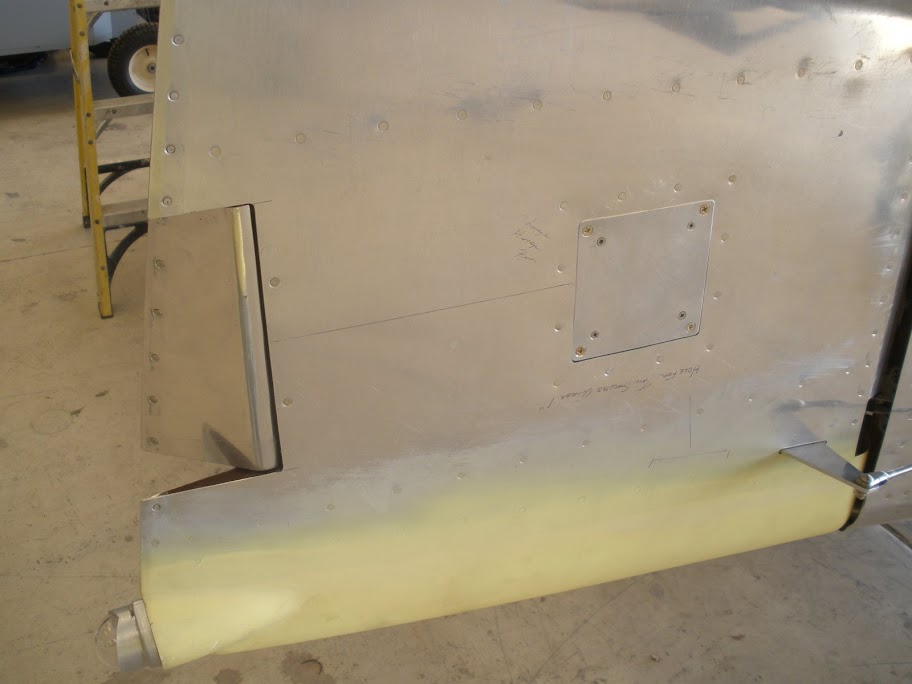Is three position autopilot 1) pitch, 2) roll, 3) altitude?
Am working on the 10 empennage. Do I need to install, at any point in this stage, servos or connections to prepare for autopilot?
Is rudder trim accomplished electronically or with a bendable table on the trailing edge of the rudder? Last night I used tank seal to close the aft edge of the rudder. If a trim tab is to be attached, when would that occur?
Thank you.
Am working on the 10 empennage. Do I need to install, at any point in this stage, servos or connections to prepare for autopilot?
Is rudder trim accomplished electronically or with a bendable table on the trailing edge of the rudder? Last night I used tank seal to close the aft edge of the rudder. If a trim tab is to be attached, when would that occur?
Thank you.





